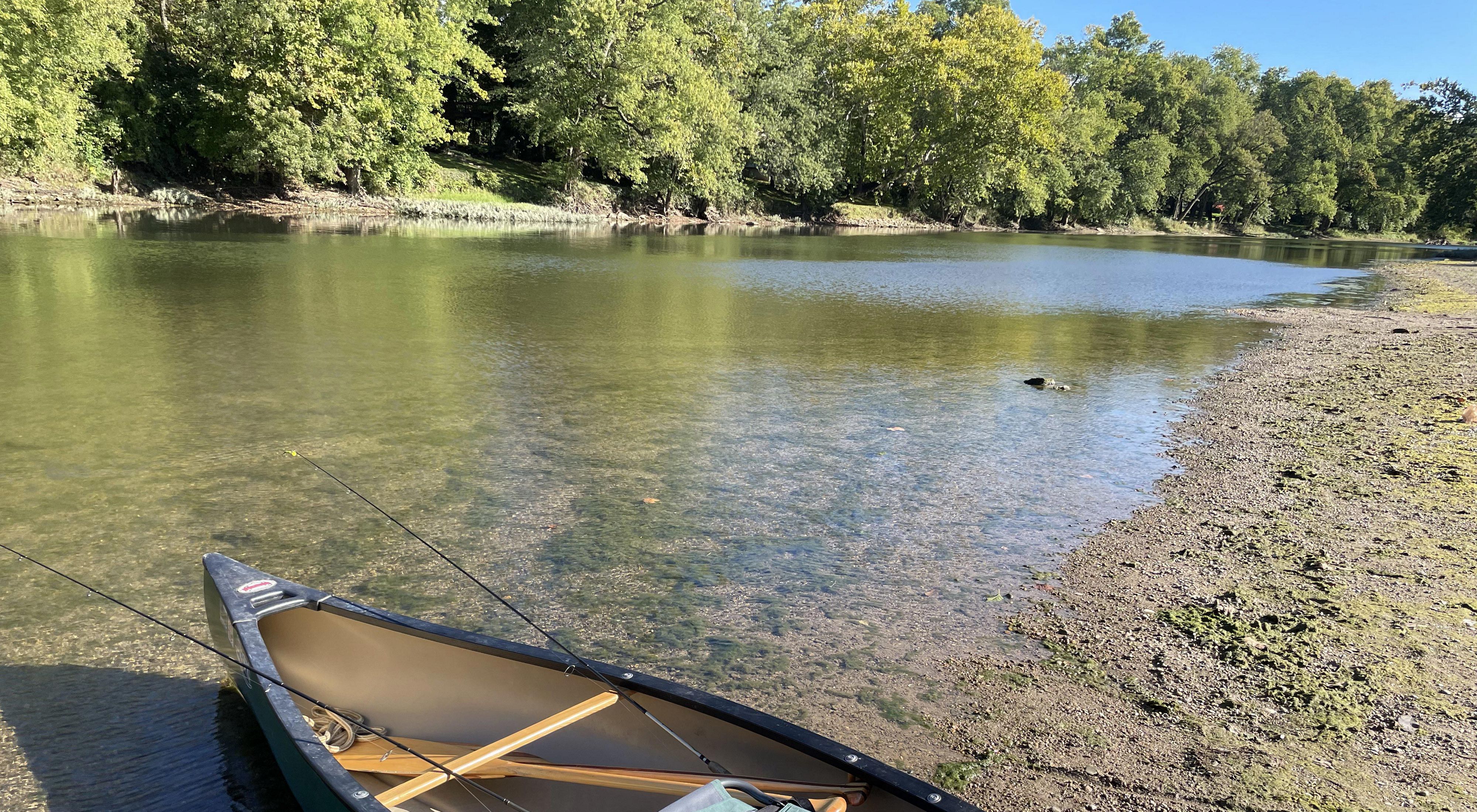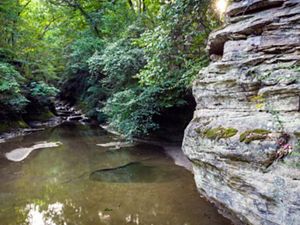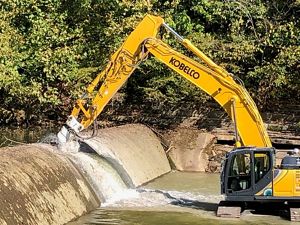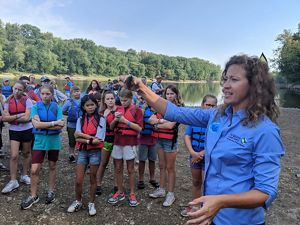The White River Journey to Renewal
The Nature Conservancy works with partners and farmers to improve and protect the White River.
The value of a clean and protected White River to our communities, wildlife and economy cannot be overstated.
Where is the White River?
About 30 percent of Indiana’s population—2 million people in cities including Indianapolis, Anderson, Muncie, Noblesville, Fishers and Carmel—live within the Upper White River Watershed.
The White River flows in two forks (East Fork and West Fork) across most of Central and Southern Indiana, creating the largest watershed contained entirely within the state.
Why is The Nature Conservancy working on the White River?
The waters of the White River flow to the Wabash—the largest river in Indiana—and ultimately to the Gulf of Mexico, carrying unwelcome souvenirs downstream: nitrogen and phosphates from agricultural fertilizers, cattle waste and polluted urban stormwater runoff.
Extremely elevated phosphorus and nitrogen levels in the water lead to harmful algal blooms in the Gulf. Those algae use up the oxygen in the water, meaning immobile species like shrimp, clams and oysters can’t escape and will die.
TNC is working with the agricultural community to increase the adoption of soil health practices, such as planting cover crops, which help keep agricultural fertilizers and sediments from entering waterways. Only 1-3 percent of the agricultural land in the White River watershed is planted in cover crops, compared to about 10 percent for the rest of the state.
Why is Soil Health important?
Working to continually improve soil health does more than ensure farmers have fertile fields to plant crops in—it also means cleaner water. Healthy soils help to filter nutrients and other contaminants out of water before it reaches streams or groundwater sources by allowing the water to infiltrate and move through the soil instead of flowing across the soil’s surface. This helps to replenish groundwater supplies which can be used by crops during drier periods and by municipalities or homes who draw from groundwater rather than rivers or streams.
Our partners
A variety of local partners, such as Soil and Water Conservation Districts, municipalities, universities, private firms and more work alongside The Nature Conservancy to leverage investment and implement conservation on the ground. The Indiana State Department of Agriculture, United States Department of Agriculture and Indiana Agriculture Nutrient Alliance are also key partners.
Funders such as the Nina Mason Pulliam Charitable Trust, Ball Brothers Foundation, George and Francis Ball Foundation, Cummins, Corteva, CenterPoint Energy Foundation and the Sherman and Majorie Zeigler Foundation ensure this work is possible by providing resources and funding.
Working with partners and funders who are invested in the White River watershed and the work TNC does allows for the greatest impact on the landscape.
-
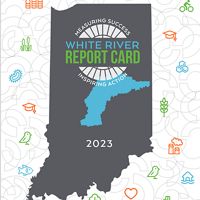
White River Report Card
The Report Card provides a baseline understanding of community and ecosystem conditions. It will be used to broadly communicate important thresholds, increase public awareness and inform decision-makers to improve the health of the watershed. Learn more about the White River Report Card
